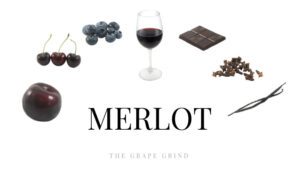
Merlot
Make 2026 THE year.
Take 10% OFF your first 12 months of Tasting Group!
Code:
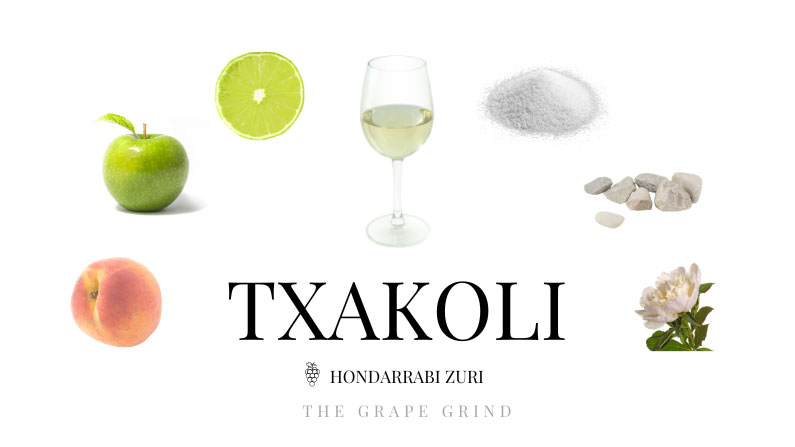
Txakoli pronounced cha-ko-lee is a lightly effervescent white wine made in the mountainous hills of Basque Country in Northern Spain. Known for its zesty acidity, subtle bubbles, and low alcohol, it’s a wine equally suited for your finest seafood dishes as it is day drinking on a warm summer day.
Made traditionally from native grapes, it’s more so the style and technique of making the wine that sets it apart. The palate is bone-dry, and its bracing acidity puts Champagne to shame. With subtle minerality and snappy citrus and green apple flavor, it’s the perfect obscure swap for your everyday Pinot Grigio or Vinho Verde.
A few more notes on Txakoli:
The following guide will illustrate what Txakoli often tastes like (aroma, flavor, and structure). It will also tell you where it’s from, provide you with common food recommendations, similar varieties, and let you know why you should be drinking more of it!
Bone-dry on the palate with tart green apple, lemon, and delicate floral notes, it’s a wine that dances on the palate from beginning to end.
With naturally low alcohol, effervescence, and a lively flavor profile, you could polish off a bottle before you know it!
Txakoli is snappy and zesty after the first sip, but over time, it unravels to reveal floral notes and minerality. Though it doesn’t skimp on the acidity, it’s not overpowering, thanks to the light bubbles that help to soften the wine.
STANDARD TASTING NOTES: These are your benchmark exam-style tasting notes.
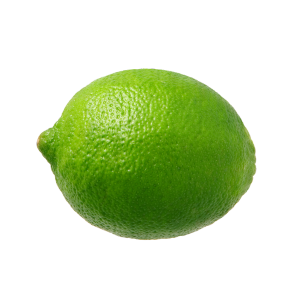
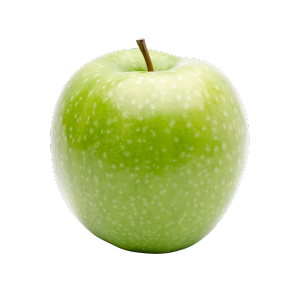
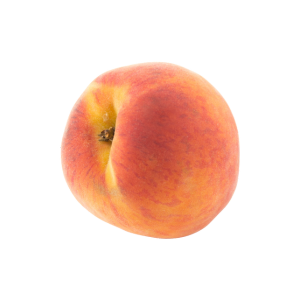
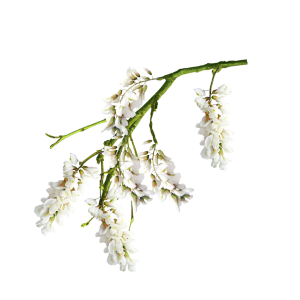
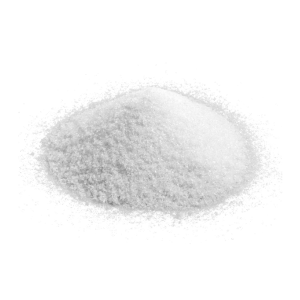
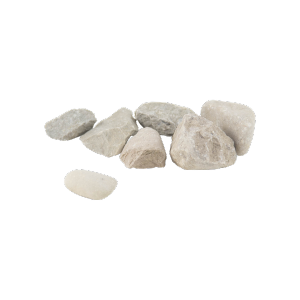
The flavor of Txakoli is usually consistent since it’s not grown widely throughout Spain.
Keep in mind the flavor of wine will depend greatly on your palate, and not all wines may exhibit these aromas and flavors!
There is no “one size fits all” when it comes to structure for every grape, however, there IS a general range when it comes to body, acid, alcohol, and tannin for each. Below are general guidelines for classic representations. Growing conditions and winemaking techniques can impact each of the following.
Think of body as the difference between water, skim milk, and whole milk. The lighter the body, the more akin to water it will feel. If body can be measured by how light the wine sits on your palate, Txakoli is very light, akin to water versus milk.

Acidity can be measured by how much saliva builds up in your mouth after you swallow the wine. The more acidic the wine, the more saliva you produce. Txakoli is known for being tart regardless of the region.

Alcohol gives you that “burn” feeling after taking a sip. Txakoli is always made low in alcohol, around 10-12%. This is due to the cooler climate and limited sun exposure, which produces grapes with less sugar and, therefore, less sugar to convert into alcohol. This makes for a dangerously drinkable, refreshing wine.

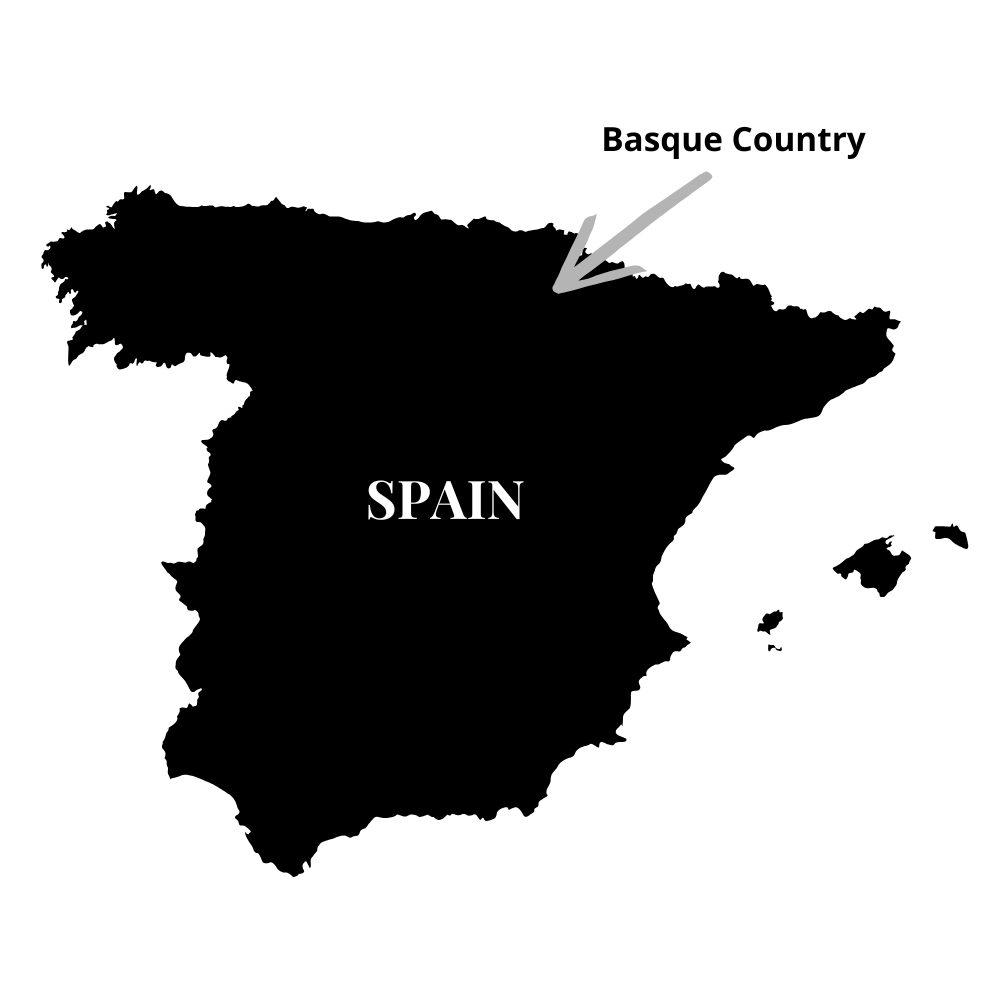
Primarily in: Basque Country (Getaria, Vizcaya, and Alava)
Txakoli originated and is still grown exclusively in the Basque region of Northern Spain. This region borders France and hugs the Bay of Biscay along the Atlantic coast. Vineyards perch precariously over this mountainous region along the rocky, rough limestone cliffs, making machinery for harvest virtually impossible and hand-harvesting a must.
The success of this grape is due largely to its ability to ripen in a cooler climate with limited sun exposure. The vineyard’s proximity to the coast softens the warm summers and makes for a relatively mild winter.
Where does Txakoli get its bubbles?
Txakoli gets its bubbles during the winemaking process, where the juice is fermented in stainless steel tanks and capped, similar to Prosecco. This preserves the natural carbonation in the wine and makes for subtle bubbles.
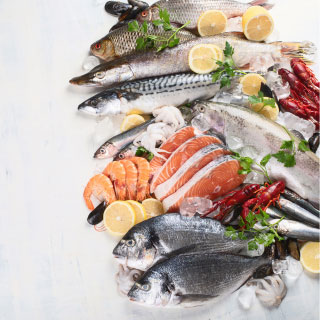
This is a no-brainer. With bright acidity, dryness, and natural citrus and mineral undertones, Txakoli is the perfect white wine for pairing with everything from raw oysters to prawns, crab, and, more traditionally, Spanish tapas made with anchovies, sardines, and tuna.
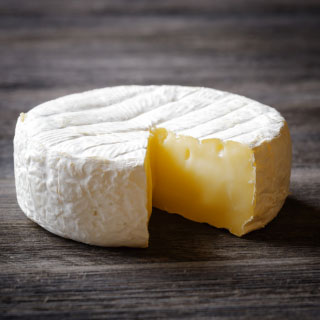
The cutthroat acidity and opposing green flavors of Txakoli will make the perfect pairing for contrasting the flavors of mild, buttery cheeses, like brie, goat cheese, camembert, or ricotta.
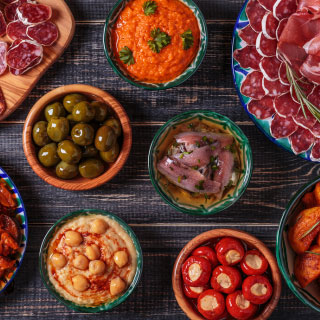
Txakoli is an indigenous Spanish style of wine, and thus, pairs perfectly with all sorts of Spanish tapas, from garlicky shrimp to tomatoes with sardines or cured ham wrapped in manchego. The Basque Country even specializes in a unique version of tapas known as pintxos or “pinchos,” AKA tapas speared with toothpicks.
Other Pairings: Ceviche, paella, green salads with vinaigrette, and raw sushi and sashimi
(common confusions)
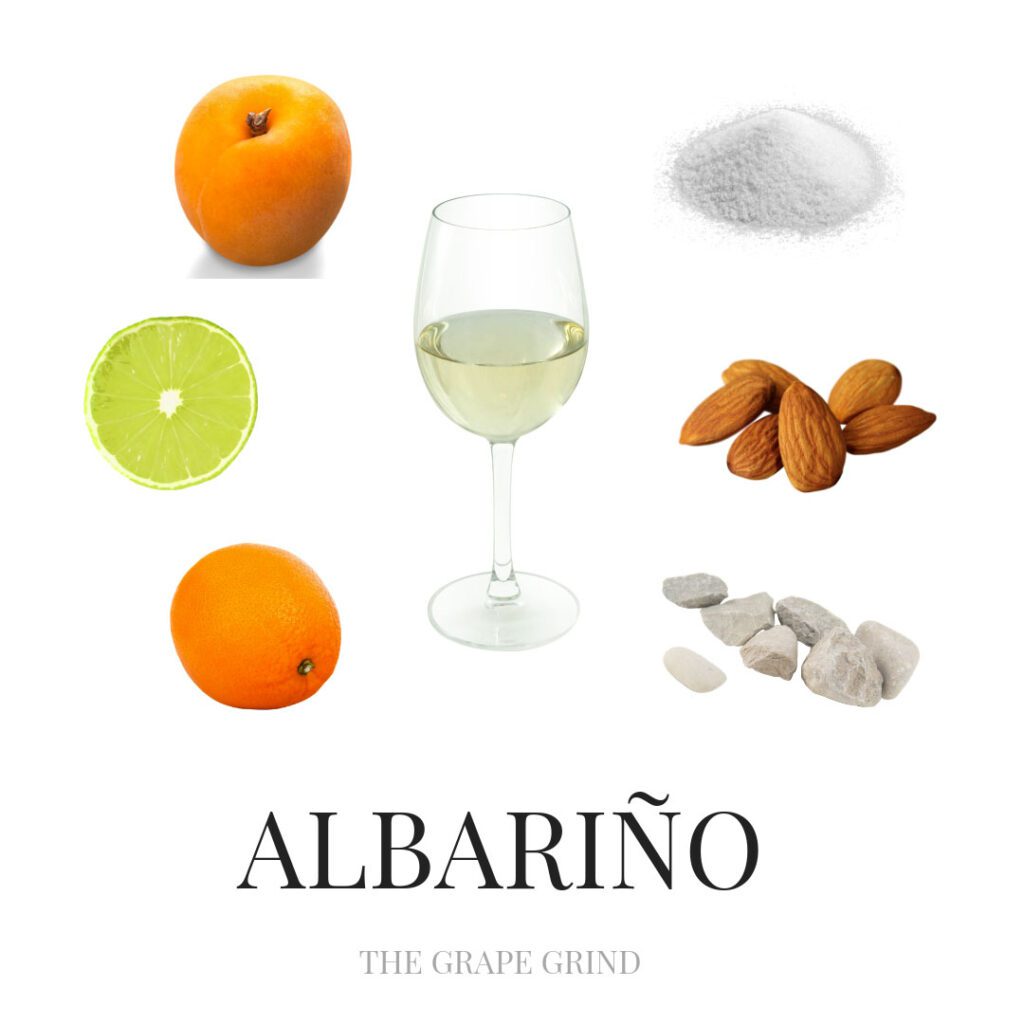
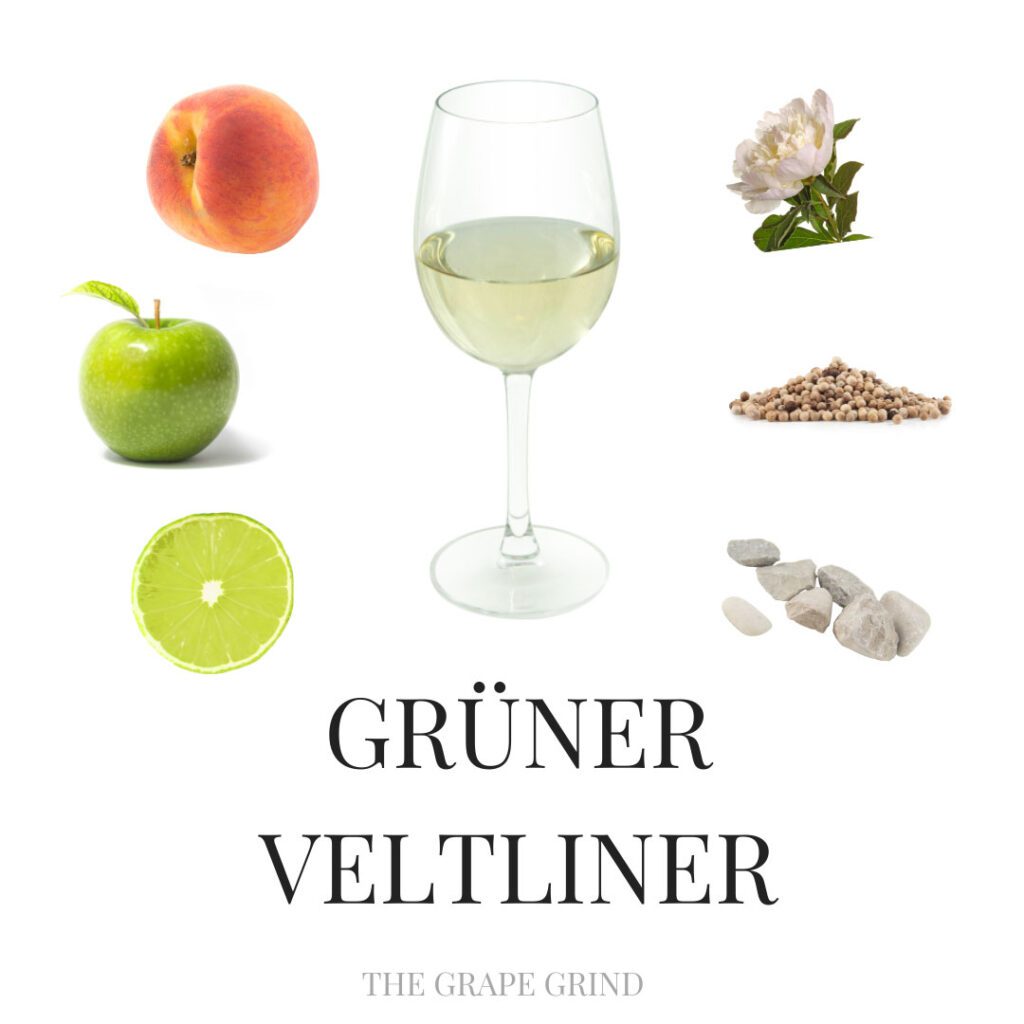
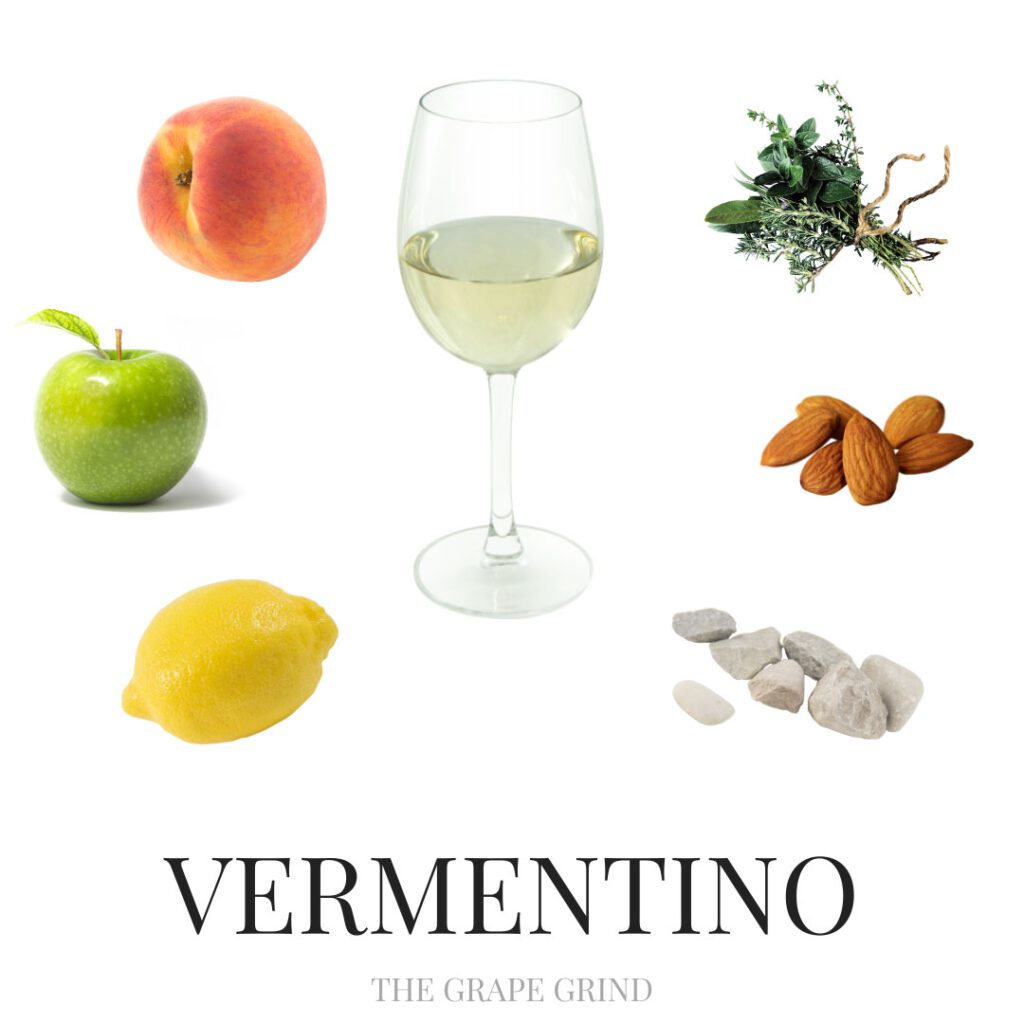
↑ Wine.com is an affiliate partner. We earn a small referral commission at no extra cost to you!. I will never recommend anything that isn’t valuable or useful in my wine study journey, or something I have no experience with. I hope these products/resources are equally helpful in your wine journey.
No matter your current skill level, we can help you improve – pass that exam, share your wine knowledge with others, guide your buyers, enhance your guests’ experience, and show up with confidence and credibility as a wine professional!
Feeling overwhelmed by everything there is to study in wine?
Struggling to stay consistent with tasting, or make it feel purposeful?
Craving connection with others who get what you’re working toward?
Let’s make studying wine less overwhelming, more consistent, and fully enjoyable!
Enter your email below to join our wine newsletter, where we share expert tips, study tools, tasting insights, and updates to support you on your wine journey!
By submitting, you are consenting to receive marketing emails from The Grape Grind. You can unsubscribe at any time.
Want to get better at tasting wine?